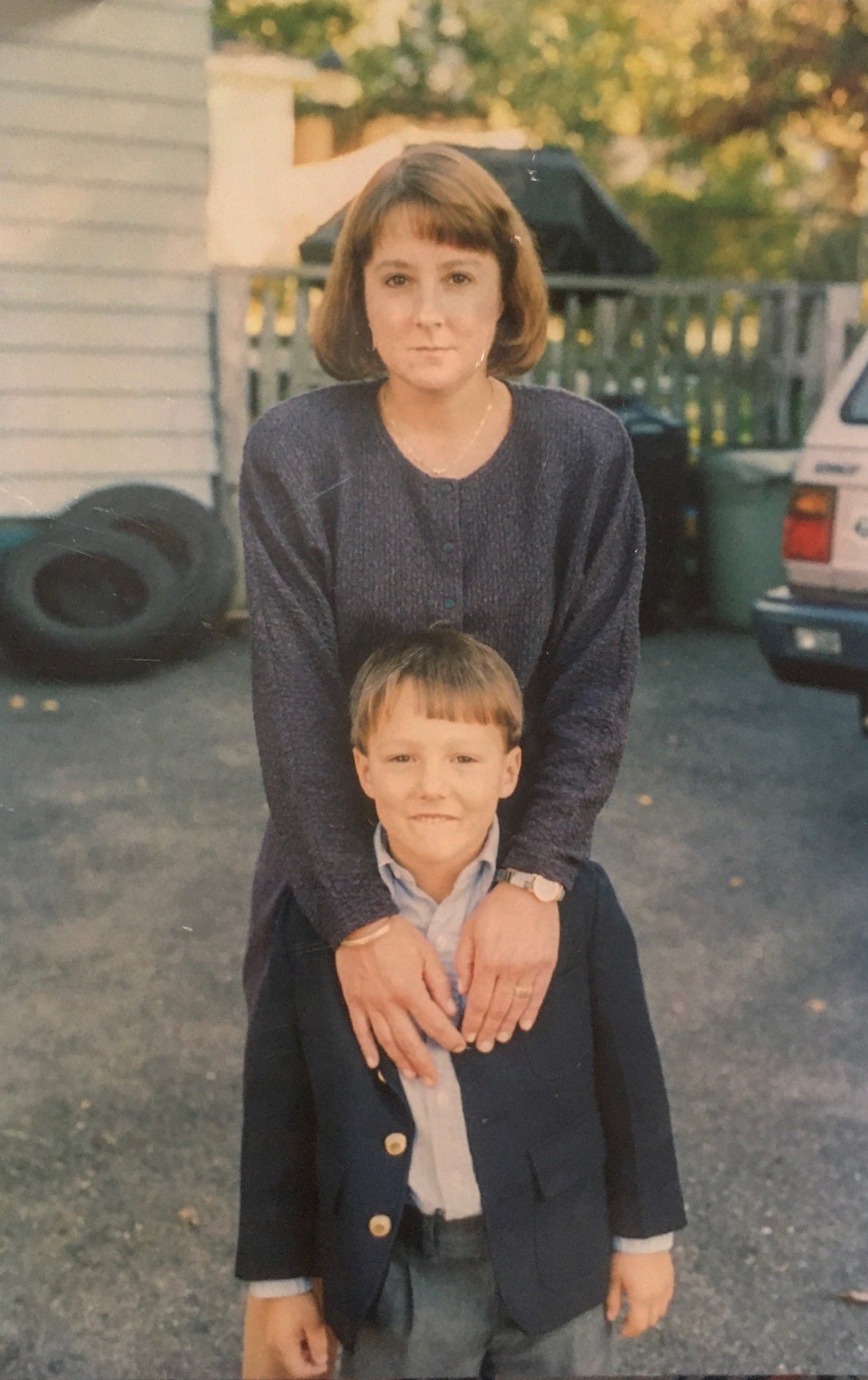The Secret To Ending Homelessness
It's not about giving away free apartment units.
by Jared Klickstein
Homelessness has been around for so long that many people have understandably given up on ever ending it. Nationwide, the number of people counted as homeless by the U.S. government rose by 0.3% to 582,462 between 2020 and 2022.
It’s not the same everywhere. The number of homeless in California increased more than any other state, from 162,000 to 172,000, the largest number, and increase, of any state.
To some extent this is a warm weather thing. You can sleep in a tent outside in California for most of the year. You simply can’t do that in New York, Boston, or Chicago.
But you can sleep outside year-round in Florida, too, and its homeless population declined by 46%, between 2007 and 2022, even as the homeless population rose 23% over the same period in California.
People blame the lack of homeless apartment units, known as permanent supportive housing, for California's homelessness. They point to Houston, which reduced its homeless population between 2012 and 2021 from 8,700 to 3,233, by increasing permanent supportive housing units from 3,243 to 7,913 units
But San Francisco increased the number of its permanent supportive housing units from 7,673 to 12,393 units and saw its homeless population rise from 6,400 to 7,754. And San Francisco has 50% more permanent supportive housing units than Houston even though Greater Houston has nine times more people.
Los Angeles, for its part, is San Francisco on steroids. There are 69,144 homeless people, which has increased by 4% since 2020. And L.A. increased permanent supportive housing units from 21,690 to 33,592 between 2012 and 2021, which is three times more permanent supportive housing, per capita, than Houston.
Why is that? And what should be done about it? There are answers. But to understand what they are, I first have to explain why, seven years ago, I found myself on Skid Row in L.A. stripped down to my underwear, crying, bleeding, and trying to find a vein in which to punch a needle full of heroin.





